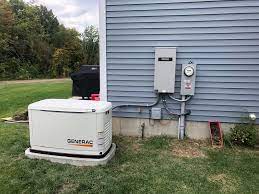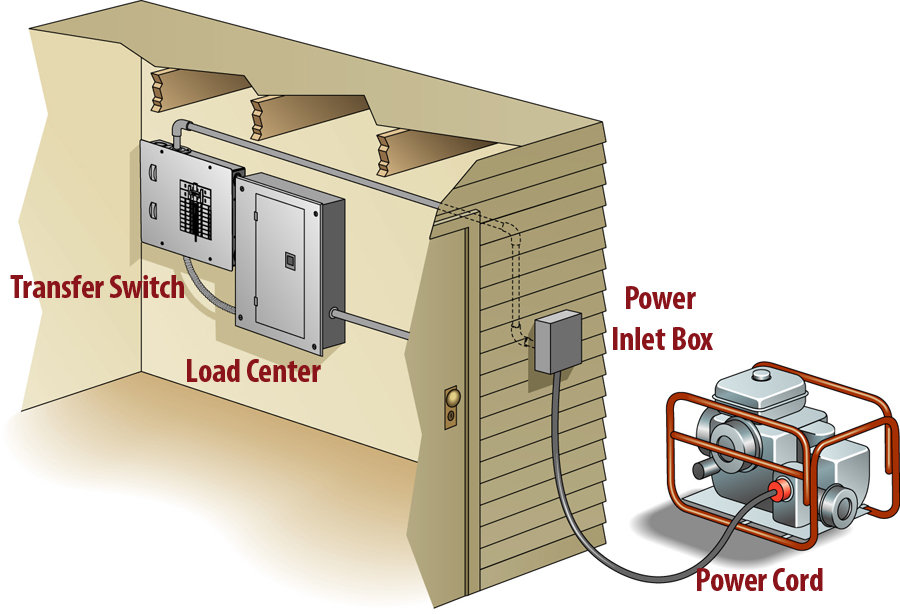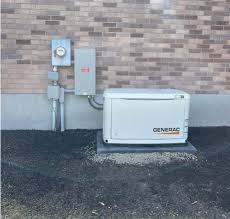A transfer switch that isolates the generator power from the utility lines is absolutely essential
Why Do I Need A Transfer Switch for My Generator?
Why is it important to have a transfer switch for my generator?
If you want to have a back-up generator that hooks up to your home, you must have a transfer switch that keeps the generator power separate from the utility power grid.
The reason is that when the power is out, utility workers may be working to restore the power. Their assumption is that there is no power on the lines coming from the utility. If someone introduces power onto the line from their generator, it could kill or injure utility workers.
Also, when the utility power is restored, if it and the generator are powering the same line, the generator will be damaged.
There are two types of transfer switches. Automatic and Manual.
An automatic transfer switch senses the loss of utility power, starts the generator, waits for the generator to come up to speed, then transfers the line to run off of the generator. When it senses the utility power has been restored, it transfers the power back to the utility, and then powers down the generator. This may take anywhere from 10 – 30 seconds.
A manual transfer switch relies on a human to set up and start the generator, and physically transfer the power to work from the generator. Then when utility power is restored, the human will have to transfer the power back, and shut down and put away the generator. This could take anywhere from 5 to 30 minutes.
As smart as humans are, the transfer switch needs to be "fool proof" so that is is impossible for both the utility and the generator to supply power to the system at the same time. This keeps everyone safe and keeps from destroying things.
If you want a back-up power system and don't mind the hassle of setting up and putting away the generator, then a manual system is a great option. If you would prefer to have it just happen for you, then spend the money on an automatic system.
There is one more significant thing to consider. Fuel!
Gasoline is difficult to store safely without it going stale. Most portable generators run on gasoline. This means you may only have up to 10 hours of run time depending on how much gasoline you have stored.
Most automatic stand-by generators will be fueled by Natural gas, Propane, or Diesel fuel. This makes it possible to store much larger amounts more safely.
So what type of generator and transfer system you need, really depends on what type of emergency you are trying to be prepared for, and how easy you want it to be.

This is an example of an automatic generator system set up and installed.

This is an example of a manual generator system.

Another fully automatic generator system.

